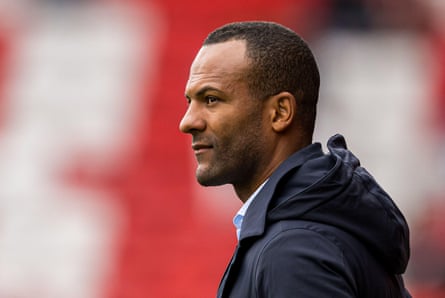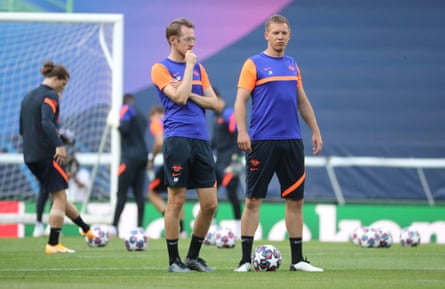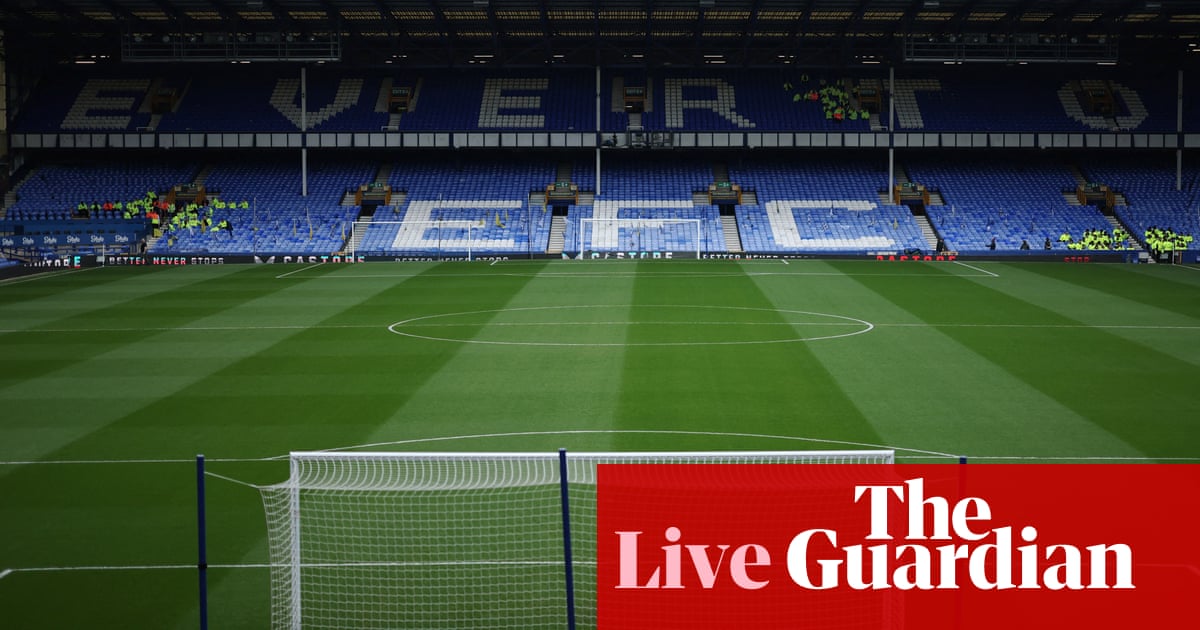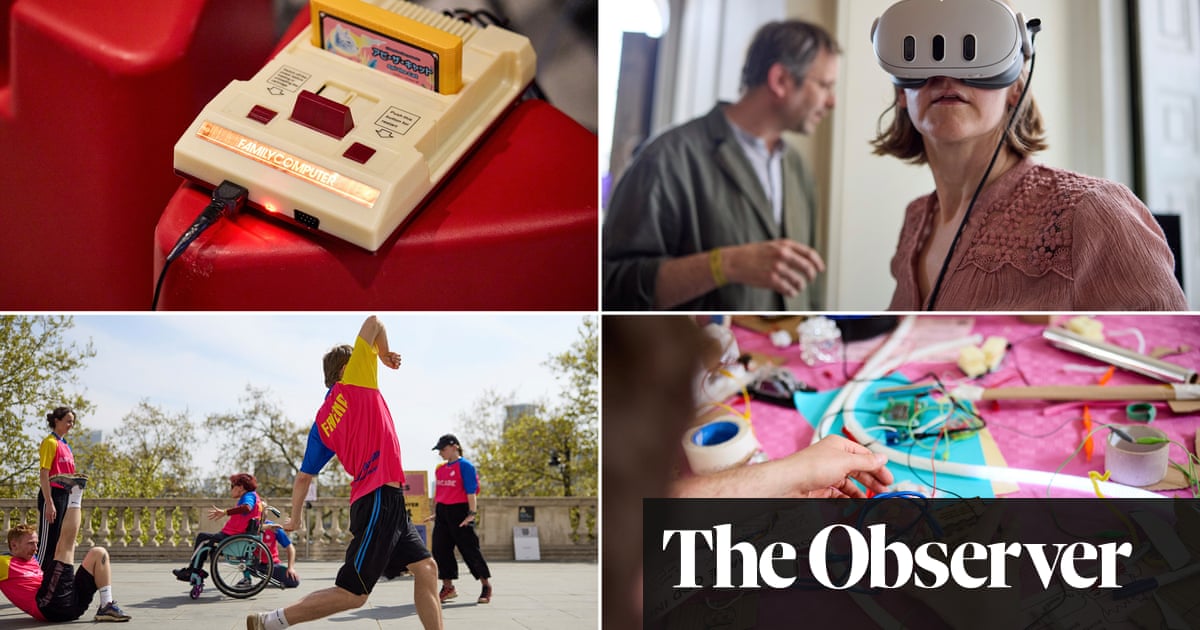“The players didn’t show enough fight.” Listen to any pundit’s post-match reaction and you will hear variations of that soundbite. But can you analyse an athlete’s state of mind, based on their on-pitch body language?
In an era when football is increasingly leaning on data to demonstrate physical attributes, statistics offering an accurate indication of a player’s psychological qualities, such as emotional control and leadership, are harder to come by. But Premier League clubs including Brighton are using a technique intended to help in that regard with selection and recruitment.
Thomas Tuchel made headlines by telling England’s players to communicate more after he evaluated their interactions during the final of Euro 2024, but counting the number of times players gesture or talk to each other on the pitch tells only part of the mental battle being played out.
Yaw Amankwah, a former top-flight defender in Norway and Denmark, is at the centre of the push for better psychological evaluation of players. “When you take your eyes off the ball, it’s a treasure trove of information,” says Amankwah, who also works as a pundit. “Once you disregard tactics and just look at the psychological part of the game and players through this lens, it’s impossible to unsee it. It’s the subtle, nonverbal messages that show if players are very confident, aggressive or in their own bubble.”

Amankwah uses the example of a player who blasts a 20-yard shot into the stands and, 45 seconds later, receives a consoling pat on the back from a passing teammate. It is a fleeting moment that might be missed – or overlooked – by fans, media and even coaching teams, but, to a former professional, it illustrates a quiet sense of leadership. “I know the cues and small behaviours that you have to learn in order to function effectively on a football pitch,” Amankwah says.
Over the past six years, he has worked with the psychology professor Geir Jordet, analysing thousands of hours of match footage from across the world, including videos of every player in the Premier League and Women’s Super League. The result is a dataset containing more than 100,000 unique observations, which has enabled the duo – via their company, Inside Out Analytics – to create a proxy ranking of players across different types of behaviour.
The information can demonstrate, say, whether a defender’s emotional control, compared with opponents’ and teammates’ in the same position, is in the top 5% of those players in the league. As Jordet puts it: “It’s a new world that opens up. The map gives clubs a benchmark and that’s critical because you can look at certain behaviours, and you can count how many times they occur in certain situations, but most are still going to be blind to what that means.
“It’s hard to figure out their exact meaning, but we’re no longer blind, because we can say that for this type of behaviour, in this situation, if you compare all the players in this player’s position in the Premier League, this player is in the 90th percentile or in the 10th percentile.”
Bayern Munich are one of several leading clubs to have trialled the platform, employing the technology during Julian Nagelsmann’s time as head coach. “Every department [in a club] puts numbers on the table, but psychology doesn’t,” says the former Bayern psychologist Max Pelka, who now works with Brighton. “There are aspects of psychology that can be measured – there are a lot of cognitive diagnostics out there – but they’re not that close to [what is happening] on the pitch.”

Pelka – who followed Nagelsmann from RB Leipzig to Bayern – worked with Jordet and Amankwah to analyse about 25 Bayern games during the second half of the 2022-23 season.
After each match, Pelka would boil down detailed observations of each player’s posture, head movements and hand gestures – to name a few elements of body language monitored by Amankwah’s analysis team – to a one-page summary of the side’s psychological performance, which he would present to the coaching department. The data was among several sets of information which Nagelsmann and his assistants would consider before picking a side.
after newsletter promotion
“It was another variable that added to thoughts about selection,” Pelka says. “They could consider whether they really wanted a leader in their back four or whether they wanted a different [personality] option.”
Players could also access analysis of what Jordet refers to as their “game personality”. Pelka says: “There was a defender who was very interested in the findings … how to use his body language to lead and show others the way [to play]. It doesn’t happen overnight, but if you have a starting point of how things look on the pitch, it’s much easier to work on it.”
Pelka is using some of the techniques he employed in Munich to analyse Brighton’s players’ on-pitch behaviour. Although he hasn’t monitored Fabian Hürzeler’s squad as frequently, the key planks of the process are the same, with Brighton’s head coach reviewing summaries of his side’s key psychological “actions”.
Jordet and Amnankwah are increasingly using artificial intelligence rather than the manual coding that consumed much of the pair’s time. “Soon, we’ll have very little limit on how many teams we can analyse at any point in time … and then we can actually start to inform clubs about prospective new signings, highlighting someone that they were not aware of before or confirm or challenge an emerging decision,” Jordet says. “We could say: ‘Yes, this seems to be a good signing,’ or: ‘From our perspective, given these metrics, there’s a big red flag here and that’s something you may want to look into.’”

 6 hours ago
12
6 hours ago
12













































